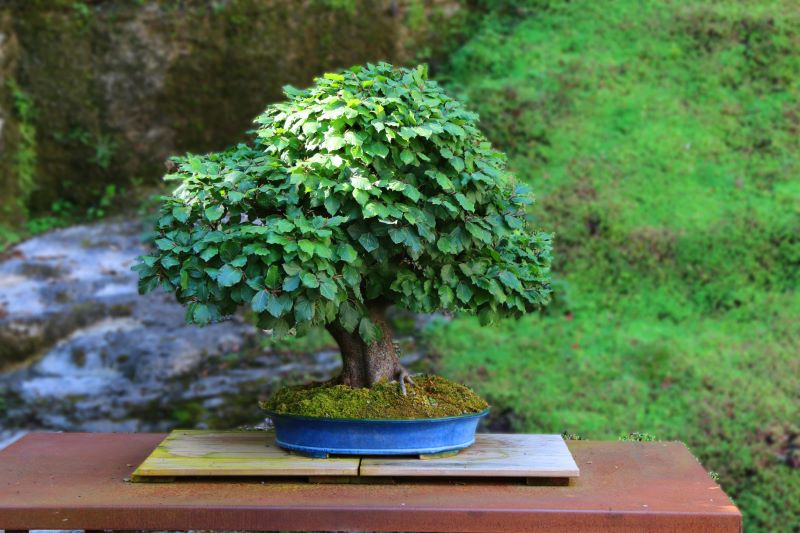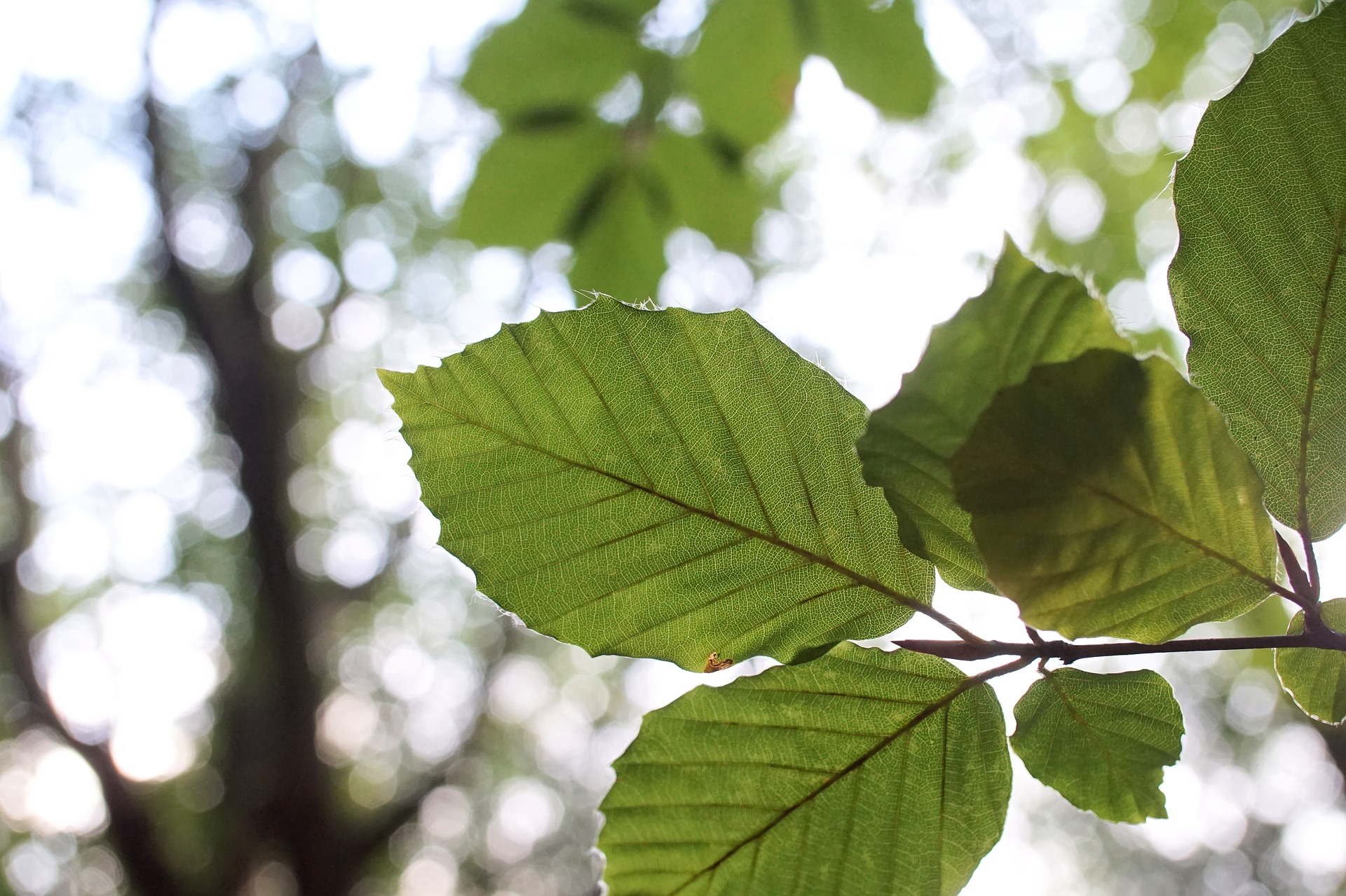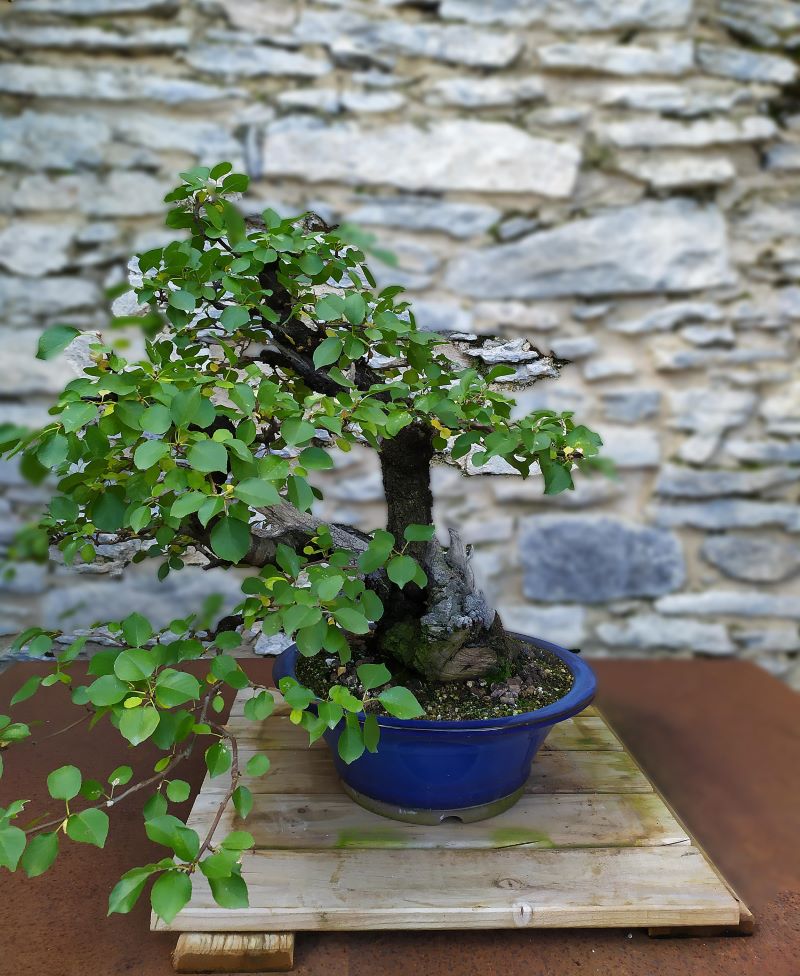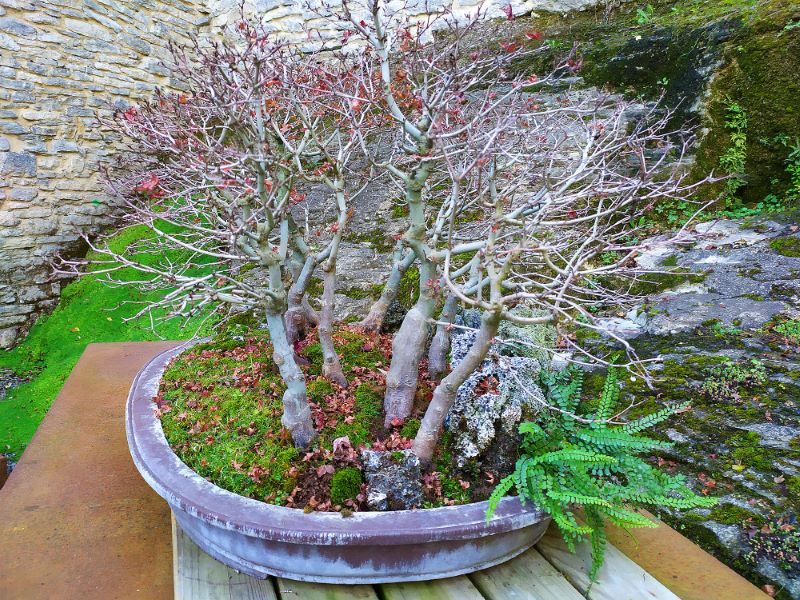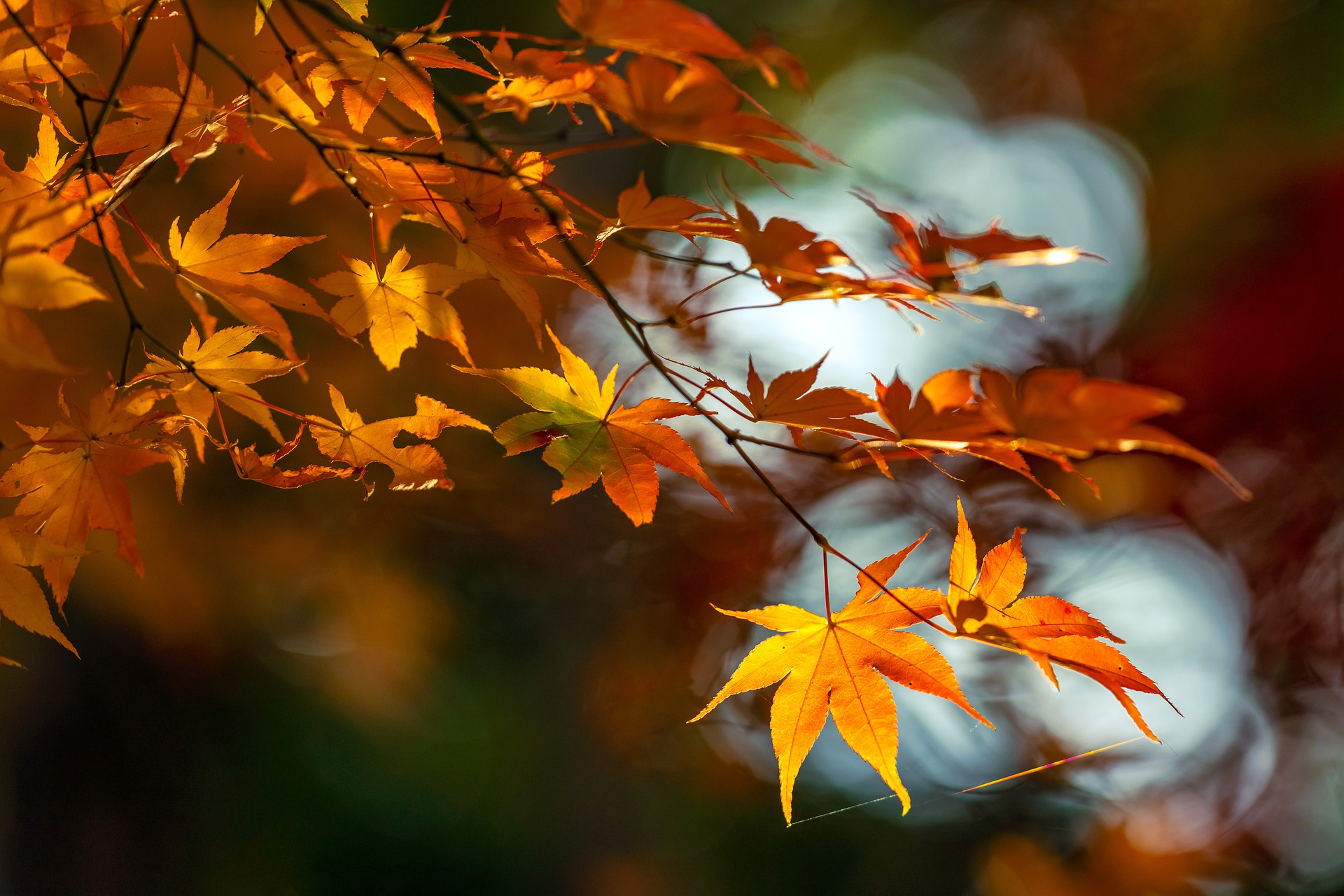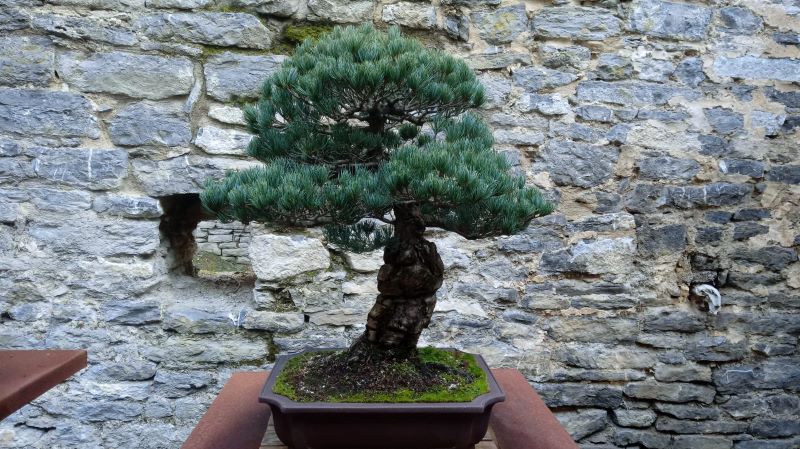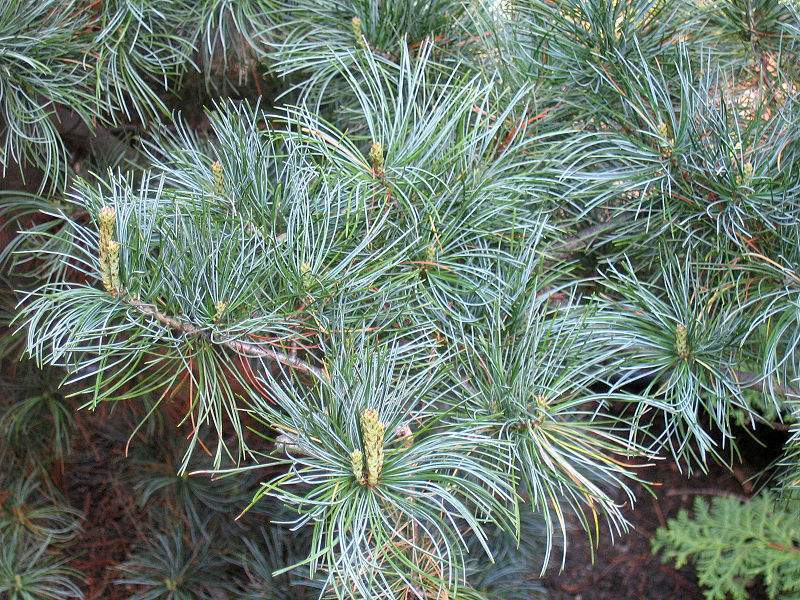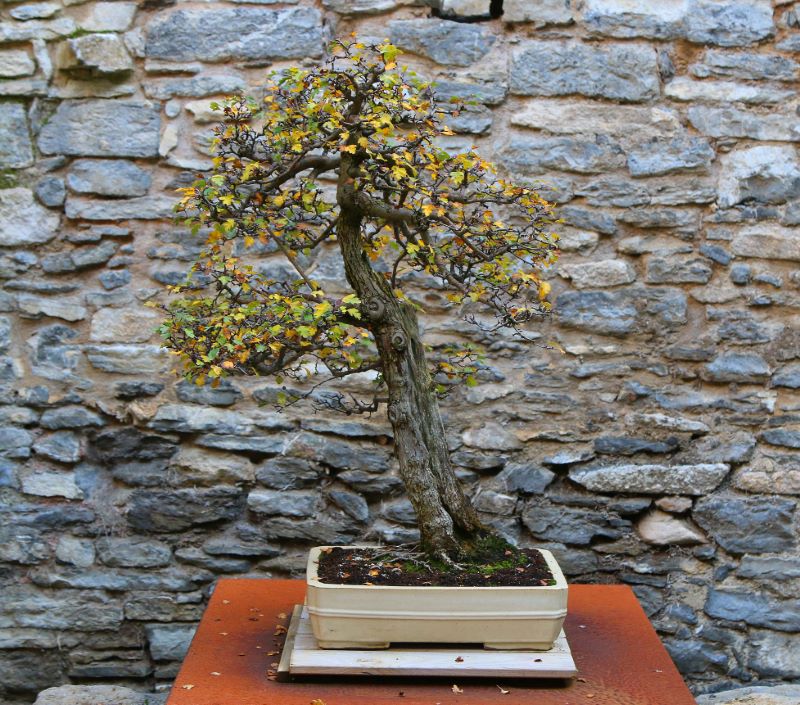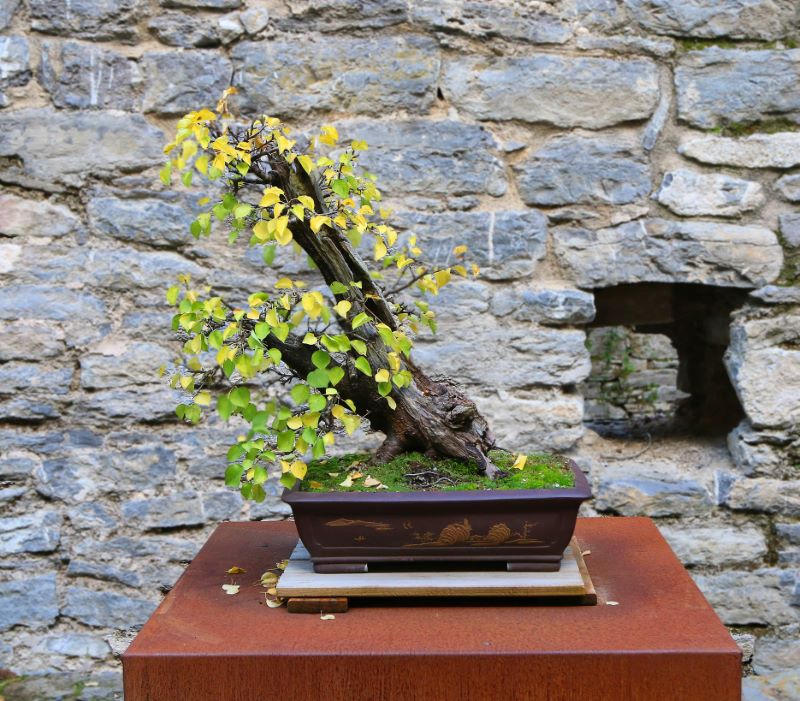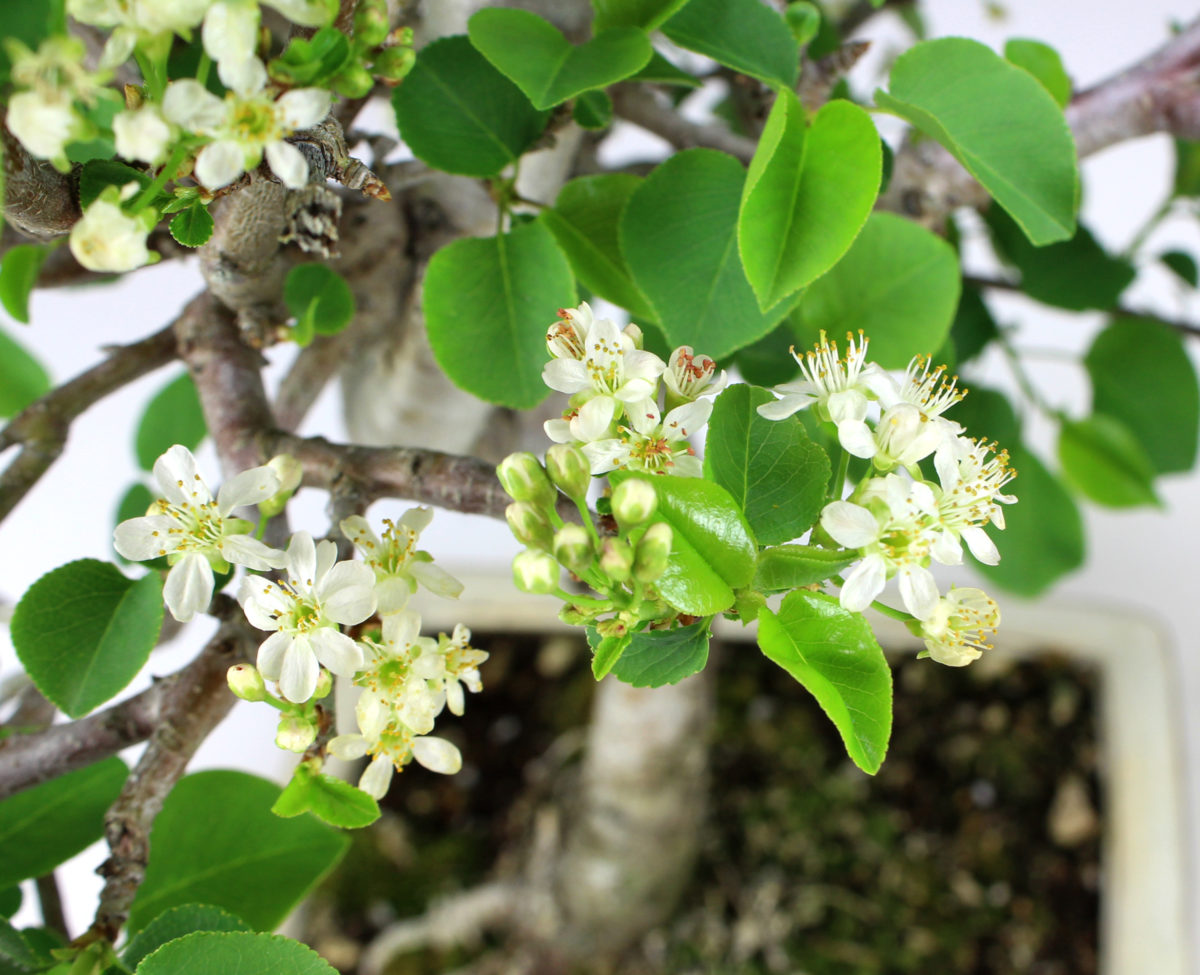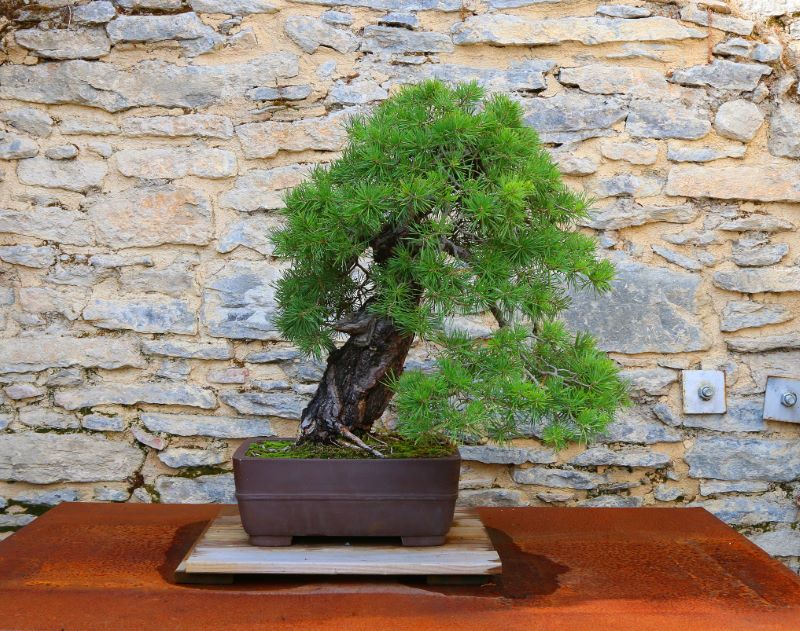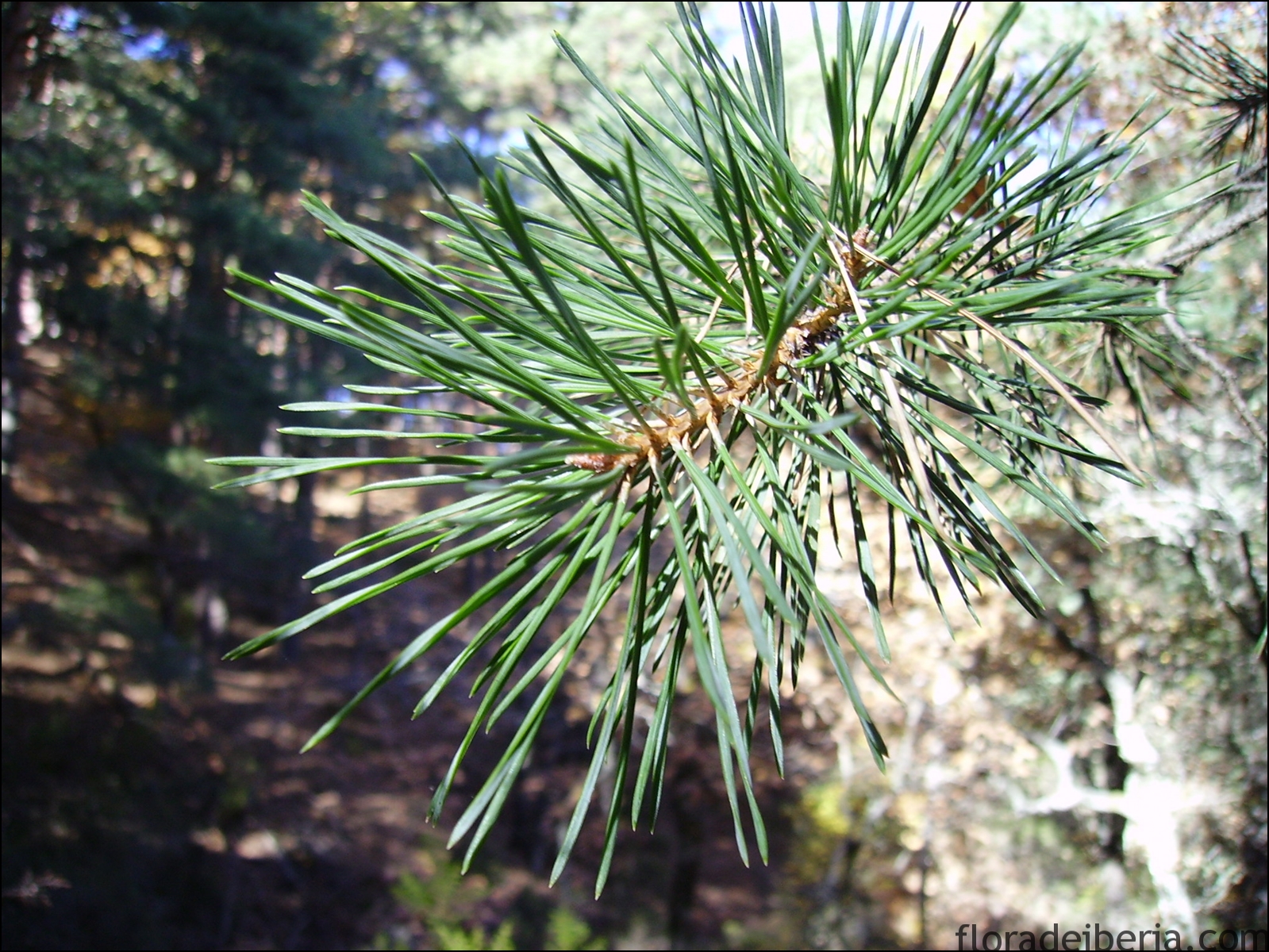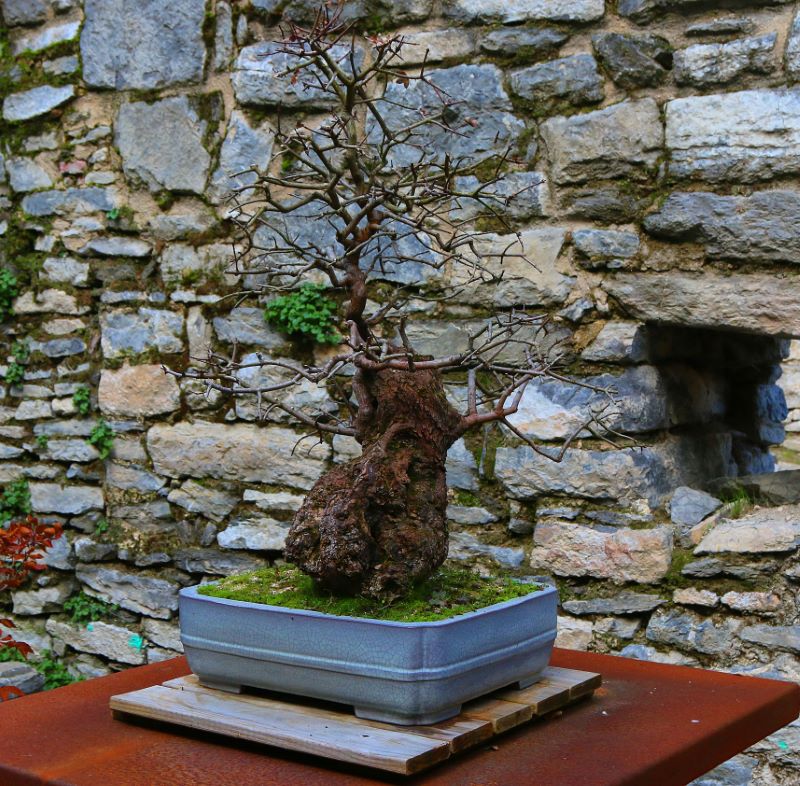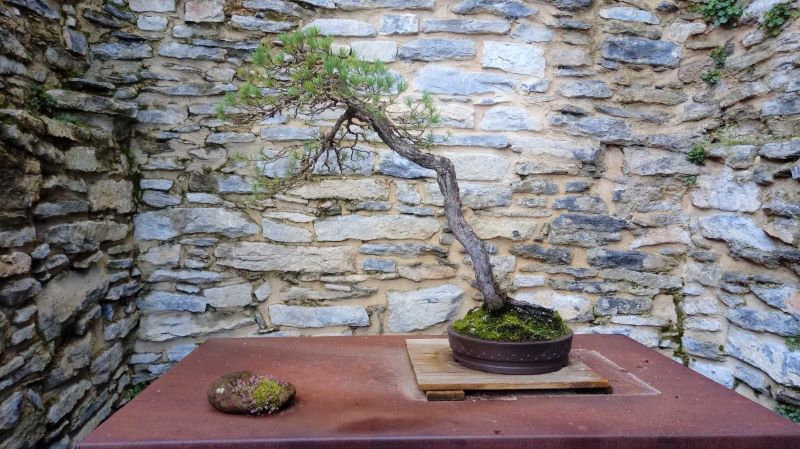What is a bonsai?
The term owes its meaning to a tree or plant (sai) planted in a clay container (bon); it also includes aspects of cultivation and aesthetics.
The Japanese Bonsai Association defines it as:
«… tree or a plant grown in a pot and therefore small in size, but which manages to fully express the beauty and volume of a tree growing in its natural environment».
There are three keys to this definition that will help us to understand what is bonsai and what is not:
CULTIVATION
It is necessary to maintain a healthy plant in confined conditions, little soil, controlled watering, fertilisation, growth control,… These are techniques that, common to those of any gardening enthusiast, are transformed in the bonsai enthusiast into a way of achieving his objectives.
EXPRESSING BEAUTY (AESTHETICS)
This is the necessary artistic side of bonsai, which goes beyond the cultivation techniques, but without which it would be a failure.
NATURAL ENVIRONMENT
The aim of any bonsai grower is to recreate natural environments in a small space. Thus, the observation of trees in their natural state, subjected to the passage of time and its inclemencies, will inspire us in the creation of a bonsai.
Bonsai is a tree (majestic, tormented, forming part of a forest…) that is shown to us as if we were looking at it from afar. It is also old, or seems to be.
Having endured inclement weather and contemplated many events.
Located in the ruins of the convent, this permanent exhibition houses dozens of species of potted trees owned by members of the Araba Bonsai Association and allows us to see first-hand some splendid specimens of this ancient art of oriental origin.
1.Beech
Specimen worked as bonsai since 2005
Scientific or Latin name: Fagus sylvatica L.
Common name: Beech.
Basque name: Pagoa, pagondo
Family: Fagaceae.
Origin: Central and western Europe
Read more
Tree that can reach 40 m in height. Deciduous, with a smooth, straight trunk.
The leaves are oval, with a wavy, somewhat toothed edge, with hairs when young, even on the nerves. They are alternate, arranged in two rows and can be 5-10 cm long.
2.St Lucia cherry tree
Specimen worked as a bonsai since 2008
Scientific or Latin name: Prunus mahaleb L.
Common name: Cerecino, Cerezo de Mahoma, Cerezo de Santa Lucia.
Basque name: Oilaran.
Family: Rosaceae.
Origin: This cherry tree is native to Turkestan, Mesopotamia, Morocco, Syria, Caucasia, Asia Minor, Central and Southern Europe.
Read more
Mahaleb is a name of Arabic origin that was introduced in Europe from the 16th century onwards to distinguish it from other wild cherry trees.
It is a deciduous shrub or sapling, normally 4 or 5 m high, with a branched crown and very fragrant young branches.
Flowering: in spring, fragrant. The flowers, which appear at the same time as the leaves, are white and fragrant.
Its fruits have been used as a dye and the flowers and leaves in perfumery.
It is sometimes used as a grafting stock for the cherry tree, and is cultivated as an ornamental plant and to form hedges, taking advantage of its resistance to calcareous soils.
It grows preferably on stony, limestone soils in cool, shady mountains. It is generally found at altitudes of up to 1,500 metres.
It is usually found as isolated specimens without forming large masses. It is common in gall oak groves, cool holm oak groves and even Spanish firs.
Multiplication: by cuttings and seeds.
3. Japanese Maple Forest
Specimen worked as a bonsai since 2000
Scientific or Latin name: Acer palmatum.
Common name: Japanese maple, Japanese palmate maple.
Basque name: Astigar japoniarra.
Family: Aceraceae
Origin: China and Japan.
Read more
Japanese maple varieties are propagated from cuttings or grafts. Cuttings are easy to propagate by taking cuttings in spring, just before budding.
4. Japanese White Pine
Family: Pinaceae (Pinaceae)
Origin: Japan, where it is called «Goyo-Matsu».
Read more
It is a slow-growing high mountain tree. ). The pentaphylla pine is a variety of the parviflora pine, which means «small-flowered pine».
It is an evergreen (needle) tree. The needles are in groups of 5, bluish-green, curved, flexible and with an obtuse apex; they measure between 5 and 7 cm.
More than 150 cultivars are known, generally obtained by grafting, which differ from each other mainly in the colour and length of the needles.
In Japan, this pine is considered feminine because of its light colour, the texture of its needles, its small size and its elegant shape. It is one of the emblematic bonsai trees.
5. Hawthorn
Specimen worked as bonsai since 1991
Scientific or Latin name: Crataegus monogyna.
Common name: Hawthorn, Hawthorn, hawthorn.
Basque name: Elorri zuri.
Family: Rosaceae (Rosaceae).
Origin: North America, Asia and Western Europe.
Read more
It is now distributed over large areas of Europe and regions of North Africa. It has been introduced in North America, Argentina, Australia and New Zealand. In the Iberian Peninsula it grows in all territories. This species grows in thickets, forest edges, riverbanks and hawthorn groves.
They are small deciduous trees with greyish bark and branches covered with short, strong thorns.
Its leaves have between 3 and 7 lobes of an intense green colour on the upper side and a slightly paler colour on the underside.
The flowers are white and fragrant and the fruits take on a reddish hue when ripe. The fruits are small, fleshy, bright reddish berries with the seed inside. Unlike other species of the genus Crataegus, these fruits have only one seed.
Its wood is dense and heavy, characteristics that make it perfect for making tool handles or charcoal.
They tolerate cold climates well.
Multiplication: By seed, by simple layering, by cutting and by grafting.
6.St Lucia cherry tree
Specimen worked as a bonsai since 2010
Scientific or Latin name: Prunus mahaleb L.
Common name: Cerecino, Cerezo de Mahoma, Cerezo de Santa Lucia.
Basque name: Oilaran.
Family: Rosaceae.
Origin: This cherry tree is native to Turkestan, Mesopotamia, Morocco, Syria, Caucasia, Asia Minor, Central and Southern Europe.
Read more
It is usually found as isolated specimens without forming large masses. It is common in gall oak groves, cool holm oak groves and even Spanish firs.
Multiplication: by cuttings and seeds.
7. Maple Forest
Specimen worked as a bonsai since 2005
Scientific or Latin name: Acer campestre L.
Common name: Common maple, Country maple, Lesser maple, Alciro, Bordo common.
Basque name: Astigar arrunta.
Family: Aceraceae.
Origin: Originates from a large part of Europe, Algeria, Asia Minor and Persia. In Spain it can be found in the northern half of the country from the Sierra de Guadarrama and the Serranía de Cuenca. It is rarer in Extremadura and Andalusia.
Read more
Origin: native to a large part of Europe, Algeria, Asia Minor and Persia. In Spain it can be found in the northern half of the country from the Sierra de Guadarrama and the Serranía de Cuenca. It is rarer in Extremadura and Andalusia.
Deciduous tree up to 15 m high. Rapid growth and rounded shape. It prefers temperate areas although it withstands the cold well.
It has dense branching, tortuous trunk, suberose bark and star-shaped leaves, dull green above and woolly below, which turn amber yellow in summer.
Leaves: simple, opposite, drooping, palmate-lobed, palmate-cleft, 5-lobed, pubescent when young, glabrous when mature, green on both sides, with a long petiole.
Flowers in erect branched racemes, hermaphrodite, actinomorphic, coeval with the leaves. Calyx with 4-5 sepals. Corolla with 4-5 petals. Stamens usually 8. Fruit schizocarp disamerous, wings open in a straight line.
The wood has been used in carpentry and joinery and the leaves have been used for cattle feed. Hard, compact wood, highly valued in joinery.
It has medicinal properties as an astringent that is used to make cosmetic products.
It multiplies by seeds, which must be sown after harvesting, as if they are stored they must be stratified before sowing.
8. Scots pine
Specimen working as a bonsai since 2009
Scientific or Latin name: Pinus sylvestris L.
Common name: Scots pine, Scots pine, Valsaín pine.
Basque name: Ler gorri
Family: Pinaceae.
Origin: Asia, northern and central Europe, northern Italy and Macedonia and north-western Portugal. Very extensive area of distribution in Europe and Asia.
Read more
The scientific name of the species «silvestris» is due to the fact that it is the only pine tree that grows naturally in Sweden, the homeland of Linnaeus.
Monoecious, evergreen tree.
The bark peels off in transparent, papery, membranous sheets.
Its leaves, called needles, are 3 to 10cm long. They live on the tree for two to three years. They are dark green in colour.
Flowers: Monoecious species.
Male in spikes about 3 cm long, formed by individual flowers 1 cm long, very tightly packed, oval-shaped and yellowish in colour, which produce a large amount of pollen.
– Females in cones usually in groups of two, less than 1 cm long by 4-5 mm wide, erect on a small stalk before becoming pendulous at maturity.
Fast-growing, long-lived species (up to 200 years in the mountains), medium growth; monocyclic species (with 1 flowering whorl).
Five varieties have been described in the Iberian Peninsula.
Its wood is of high quality and has multiple uses.
It has diuretic, balsamic, antiseptic and expectorant properties. A turpentine resin can be obtained from the plant.
In Spain it grows best from 1,000 to 2,000 m altitude with rainfall ranging between 400 and 800 mm with a minimum of 150 mm in summer depending on the area.
Pine seeds can be kept for a long time without losing viability in sealed and stored containers.
9 Montpelier maple
Specimen worked as a bonsai since 2004
Scientific or Latin name: Acer monspessulanum L.
Common name: Montpellier maple, Lesser maple.
Basque name: Eihar frantses
Family: Aceraceae.
Origin: Southern Europe and southern Asia.
Distribution in Spain: Mainly in the north, except in Galicia. Some in Andalusia, Extremadura and in the centre.
Read more
It owes its name to the French city where it was first described.
A slow-growing, long-lived deciduous shrub. It reaches a height of 4 to 7 metres.
It lives in dry, rocky areas in Europe, between 300 and 1,200 metres above sea level.
It has deciduous, green leaves that turn yellow and are covered with red spots in autumn.
Flowers in April, May (Northern Hemisphere). The fruits ripen in summer.
It is highly valued for its hard wood in cabinetmaking and carpentry for making luxury objects. Its firewood is very good fuel. Its leaves are used as fodder.
Multiplication: by seed and also by layering.
10. Scots pine
Specimen working as a bonsai since 2000
Scientific or Latin name: Pinus sylvestris L.
Common name: Scots pine, Scots pine, Valsaín pine.
Basque name: Ler gorri
Family: Pinaceae.
Origin: Asia, northern and central Europe, northern Italy and Macedonia and north-western Portugal. Very extensive area of distribution in Europe and Asia.
Read more
The scientific name of the species «silvestris» is due to the fact that it is the only pine tree that grows naturally in Sweden, the homeland of Linnaeus.
Monoecious, evergreen tree.
The bark peels off in transparent, papery, membranous sheets.
Its leaves, called needles, are 3 to 10cm long. They live on the tree for two to three years. They are dark green in colour.
Flowers: Monoecious species.
Male in spikes about 3 cm long, formed by individual flowers 1 cm long, very tightly packed, oval-shaped and yellowish in colour, which produce a large amount of pollen.
– Females in cones usually in groups of two, less than 1 cm long by 4-5 mm wide, erect on a small stalk before becoming pendulous at maturity.
Fast-growing, long-lived species (up to 200 years in the mountains), medium growth; monocyclic species (with 1 flowering whorl).
Five varieties have been described in the Iberian Peninsula.
Its wood is of high quality and has multiple uses.
It has diuretic, balsamic, antiseptic and expectorant properties. A turpentine resin can be obtained from the plant.
In Spain it grows best from 1,000 to 2,000 m altitude with rainfall ranging between 400 and 800 mm with a minimum of 150 mm in summer depending on the area.
Pine seeds can be kept for a long time without losing viability in sealed and stored containers.


